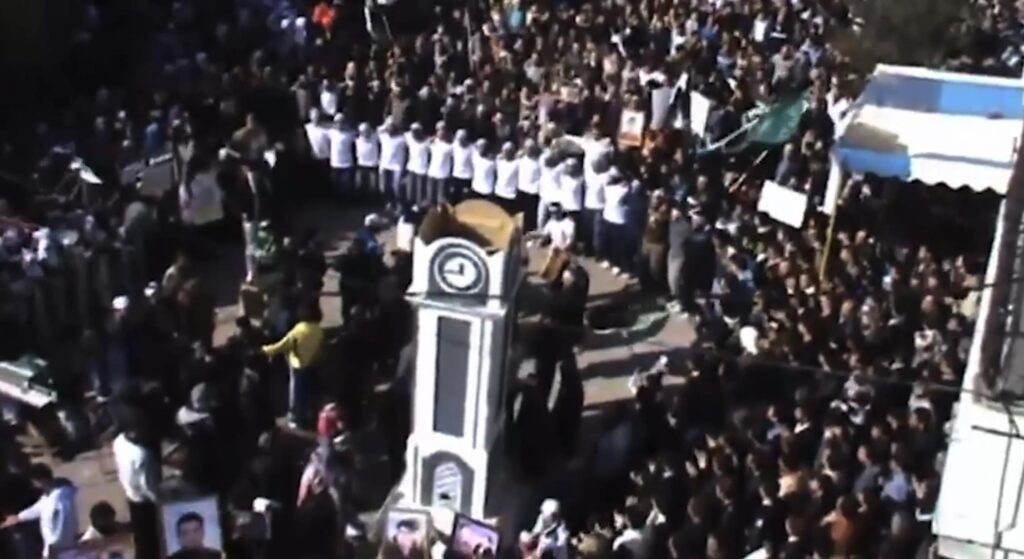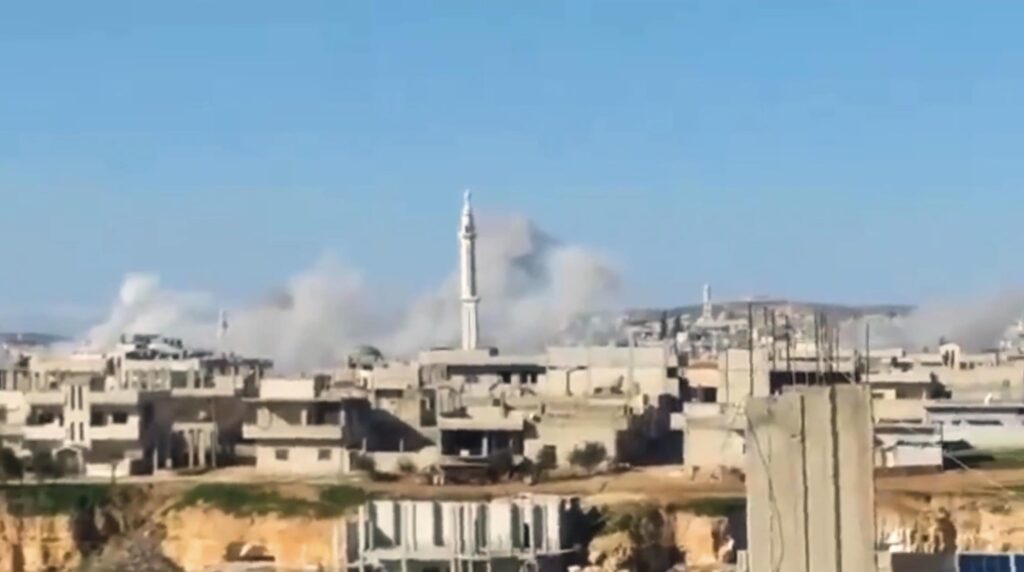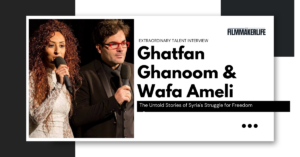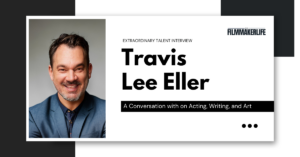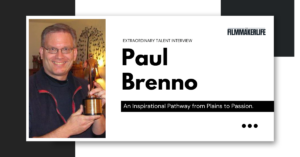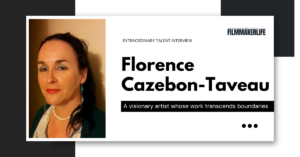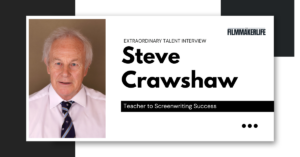
“Echoes of Oppression: The Untold Stories of Syria’s Struggle for Freedom”
Home » Interviews » “Echoes of Oppression: The Untold Stories of Syria’s Struggle for Freedom”
“Echoes of Oppression: The Untold Stories of Syria’s Struggle for Freedom”
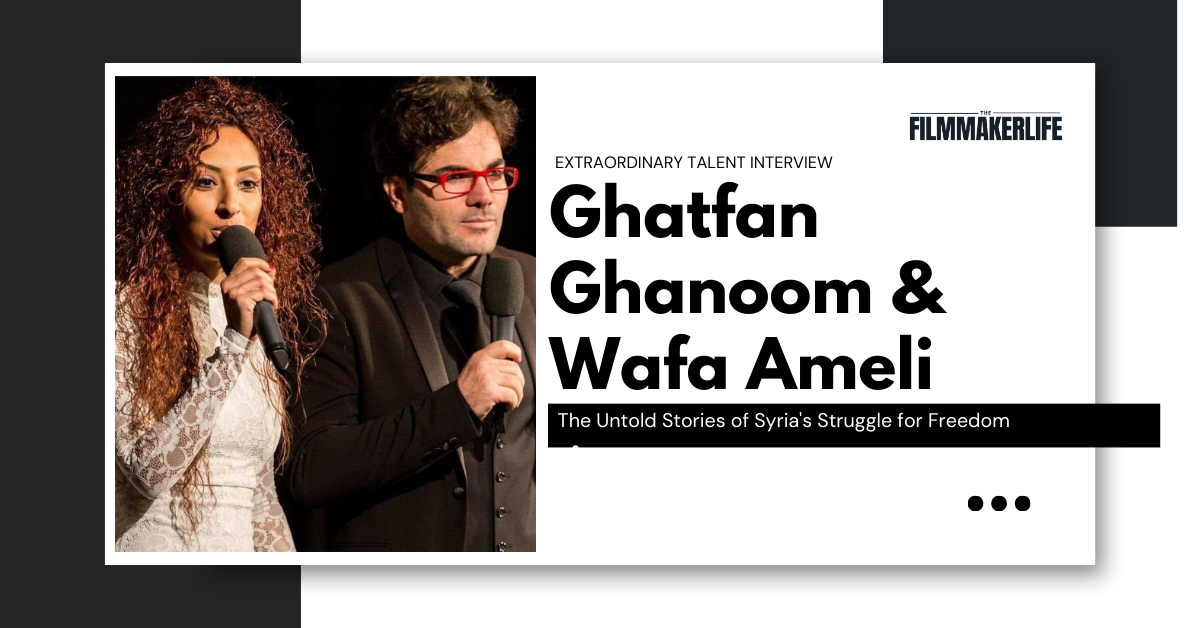
Hello and welcome to our interview with Ghatfan Ghanoom and Wafa Ameli, two remarkable individuals whose collaborative efforts in the world of filmmaking have yielded inspiring results. Ghatfan, a Finnish-Syrian filmmaker with a profound commitment to shedding light on untold stories, joins us alongside his talented collaborator, Wafa. With her background in engineering and a meticulous approach to storytelling, Wafa brings a unique perspective to their creative partnership. Together, they’ve embarked on a journey of collaboration and creativity, pushing the boundaries of storytelling while maintaining a deep respect for each other’s strengths. Today, we’re privileged to dive into the intricacies of their latest documentary project and learn more about their shared experiences and insights.

Your documentary delves into the deeply troubling and painful subject of violence perpetrated by the Syrian regime against civilians. Can you elaborate on how you approached depicting this violence on screen, and what challenges did you encounter while navigating such sensitive material?
The depiction of violence in the documentary was approached with the utmost sensitivity and respect for the victims and their experiences. I aimed to portray the harsh realities of life under the Syrian regime while also ensuring that the depiction remained truthful and authentic. However, navigating such sensitive material presented its challenges, particularly in terms of striking the right balance between depicting the severity of the violence and respecting the dignity of those affected.
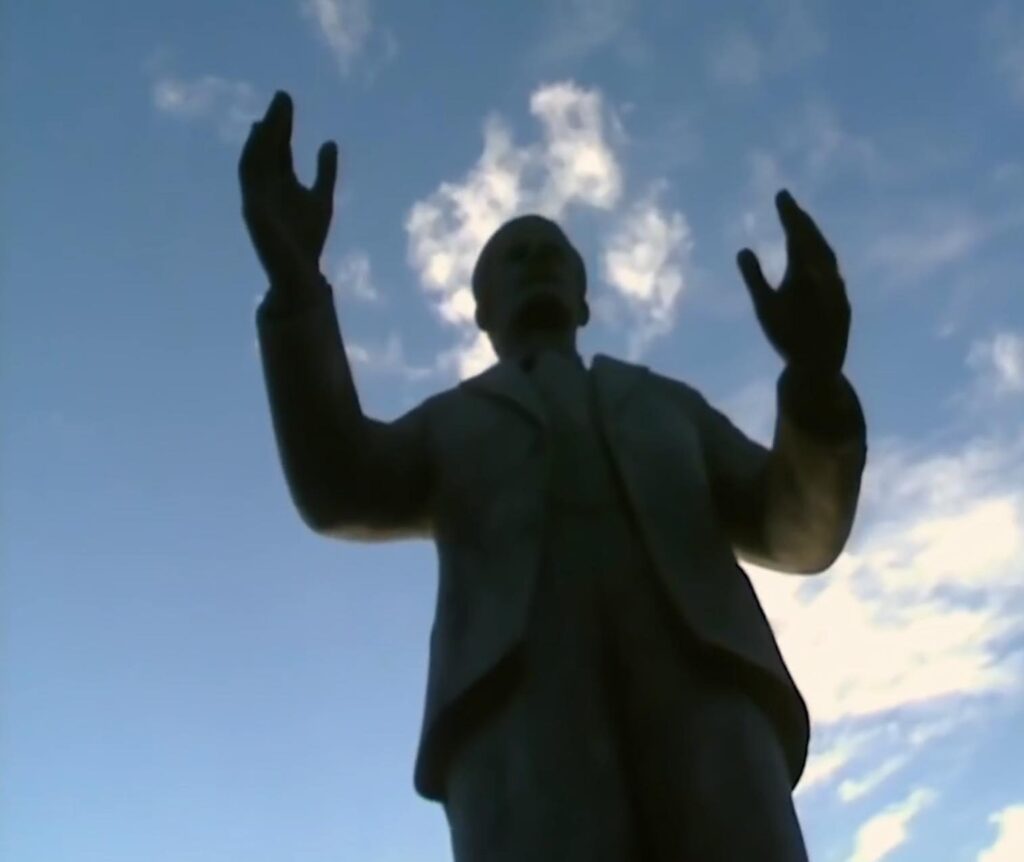
Your documentary explores two distinct eras under the Assad leadership – the reign of Assad’s father, characterized by the establishment of a regime rooted in fear and oppression, and the continuation of this legacy by Assad’s son. Can you discuss the narrative structure of the film and how you juxtaposed these two periods to convey the cyclical nature of dictatorship in Syria?
The narrative structure of the documentary was designed to highlight the parallels between the reigns of Assad’s father and son, illustrating the cyclical nature of dictatorship in Syria. By juxtaposing these two periods, I aimed to show how the legacy of fear and oppression established by Assad’s father continued under his son’s rule, despite initial hopes for reform. Through careful editing and storytelling techniques, I sought to emphasize the enduring impact of dictatorship on Syrian society and the challenges faced by those seeking change.
In depicting the Syrian regime’s use of violence to suppress dissent and maintain power, what cinematic techniques or visual storytelling elements did you employ to convey the emotional and psychological toll on the civilian population?
I employed various cinematic techniques and visual storytelling elements to convey the emotional and psychological toll of the Syrian regime’s violence on civilians. These included intimate close-up shots to capture the raw emotions of individuals affected by violence, evocative sound design to immerse viewers in the atmosphere of fear and oppression, and strategic editing to heighten tension and emphasize key moments of conflict. Through these techniques, I aimed to create a visceral and immersive viewing experience that would resonate with audiences on an emotional level.
Your documentary not only sheds light on the broader historical context of the Syrian regime’s oppression but also intimately chronicles your personal struggle against it, ultimately culminating in your journey to seek asylum. Can you discuss how you balanced the portrayal of your personal journey with the broader narrative of the film, and what insights or reflections did you gain through this process?
Balancing the portrayal of my personal journey with the broader narrative of the film was a delicate process that required careful consideration. On one hand, I aimed to provide viewers with insight into my own experiences and the challenges I faced in confronting the Syrian regime. On the other hand, I wanted to ensure that my story remained integrated into the larger narrative of oppression and resistance in Syria. Through this process, I gained a deeper understanding of the interconnectedness of individual experiences within the broader context of societal struggle. My journey to seek asylum served as a poignant reminder of the human cost of dictatorship and the resilience of the human spirit in the face of adversity.
Wafa, your husband mentioned that working with you as the scriptwriter was an enriching experience. Could you share your perspective on how your dedication to detail shaped the narrative of the documentary?
Collaborating with Ghatfan on this project was both challenging and rewarding. His dedication to storytelling inspired me to meticulously craft each scene and dialogue to ensure authenticity and emotional resonance. Ghatfan trusted me to capture the essence of his experiences, and I took great care to honor his voice while weaving a compelling narrative that would resonate with audiences. It was a long and arduous process, but seeing the final product come to life was incredibly fulfilling. Ghatfan’s passion for shedding light on untold stories drove me to push the boundaries of my own creativity, and I’m proud of the role I played in bringing his vision to fruition.
Ghatfan, you mentioned Wafa’s talent as a writer and her engineering background, which brings a meticulous and analytical approach to her work. How did you navigate the balance between her attention to detail and your vision for pushing the artistic boundaries of the film?
Working with Wafa, whose engineering background brings a highly organized and detail-oriented mindset to her writing, was both a challenge and an opportunity. While her analytical approach ensured that every aspect of the script was carefully crafted, I also recognized the importance of infusing the film with a sense of artistic innovation and creativity. It became my responsibility to collaborate with Wafa and find ways to break through the analytical barriers, allowing the artistic essence of the film to shine through. Together, we struck a balance between her meticulous attention to detail and my vision for pushing the boundaries of storytelling, resulting in a documentary that is both structurally sound and artistically compelling.
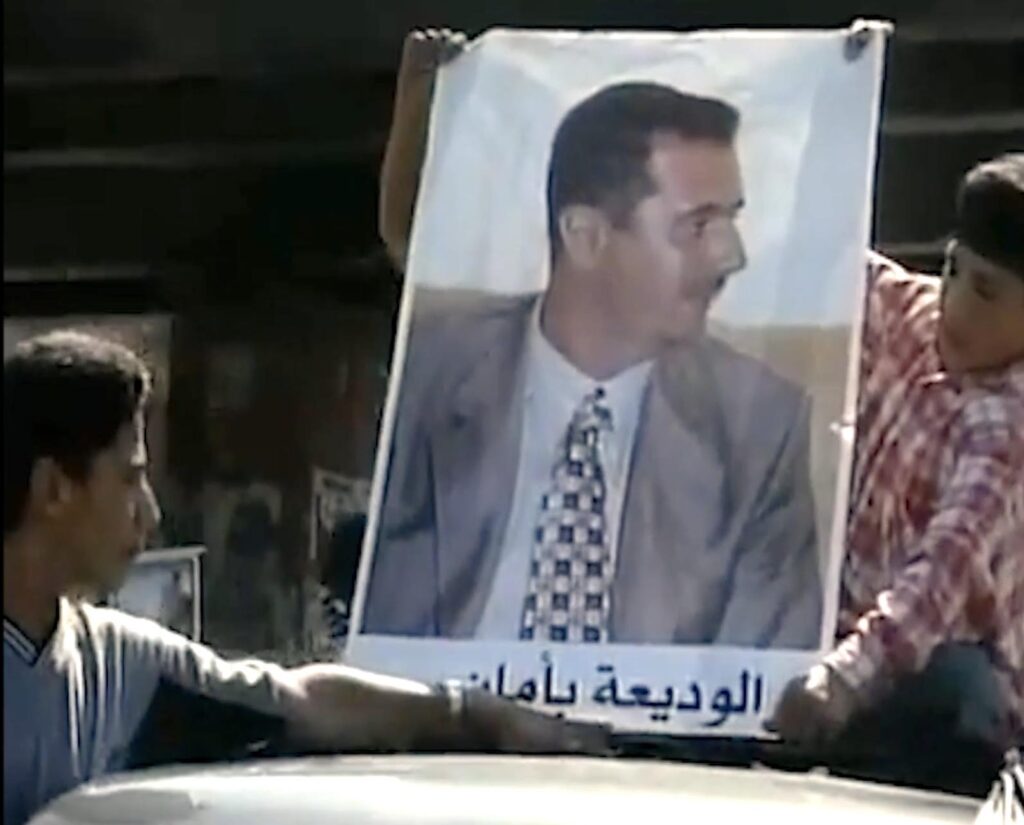
Your film, “The Bad Son,” depicts your life story, born into a dictatorship, and your collective struggle, representing the Syrian nation’s attempt to rebel against it. Despite efforts, Assad continues to rule. Could you delve into how this deeply personal narrative reflects the broader themes of resilience, defiance, and the cyclical nature of oppression in Syria?
“The Bad Son” is a deeply personal journey that mirrors the collective struggle of the Syrian people against oppression. Born into a dictatorship, I witnessed firsthand the injustices inflicted upon our nation under Assad’s rule. The film chronicles our attempts to rebel against this tyranny, fueled by a collective desire for freedom and justice. However, despite our efforts, Assad’s grip on power remains unyielding, highlighting the cyclical nature of oppression in Syria. Through this narrative,Iaim to shed light on the resilience and defiance of the Syrian people, despite the immense challengesIface. “The Bad Son” serves as a testament to our unwavering spirit and our ongoing quest for freedom and dignity.
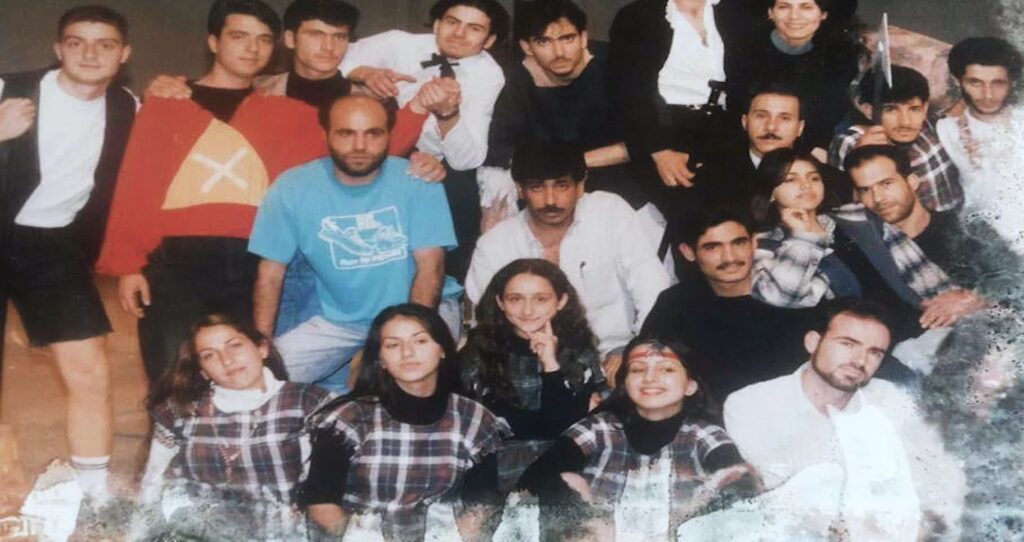
Many of the individuals featured in the film were tragically killed in the process of documenting their stories. How did these losses affect you personally, and what do you believe is the ultimate price for freedom in such oppressive regimes?
The loss of those who bravely shared their stories in our film weighs heavily on me and serves as a stark reminder of the dangers faced by those who dare to speak out against oppression. Witnessing their courage and determination, only to see them fall victim to the brutality of the regime, has left an indelible mark on my soul. It reinforces the harsh reality that the pursuit of freedom often comes at a steep cost. The ultimate price for freedom in oppressive regimes is measured not only in the lives lost but also in the enduring legacy of their sacrifice. Their courage inspires us to continue the fight for justice and freedom, knowing that their voices will echo through history, guiding us on our path towards a better future.
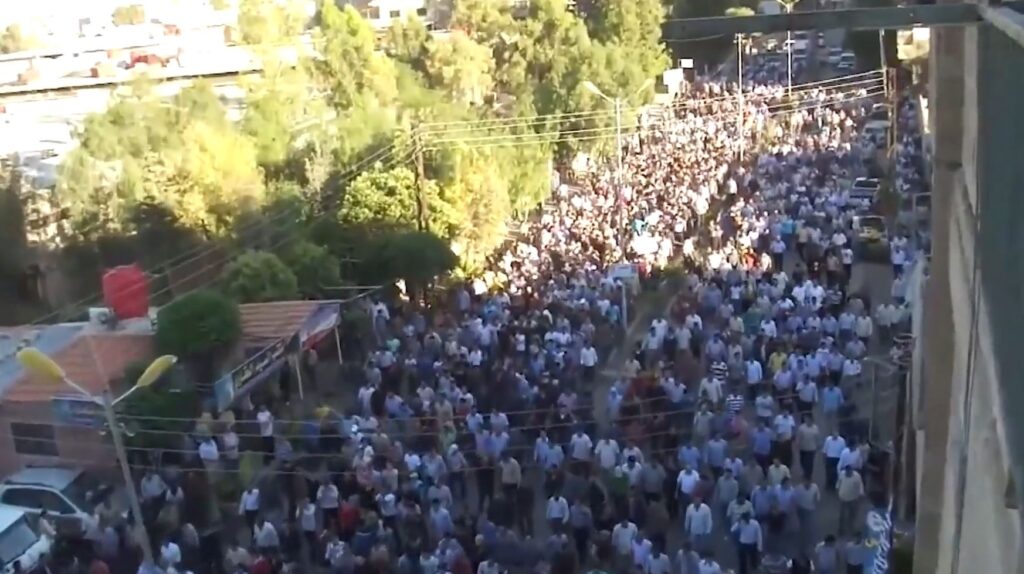
With millions of Syrians living in the diaspora, what is your vision for the future of the Syrian community outside of the country, and how do you believe they can contribute to the ongoing struggle for justice and freedom in Syria?
The Syrian diaspora represents a vital resource in our continued struggle for justice and freedom. Despite being displaced from our homeland, we carry with us the spirit of resilience and determination to see Syria free from oppression. My vision for the future of the Syrian community in the diaspora is one of unity and solidarity, where we harness our collective strength to advocate for change and support those still living under the yoke of tyranny. Through activism, advocacy, and humanitarian efforts, we can amplify the voices of the oppressed and keep the flame of hope alive. Together, we can play a pivotal role in shaping the future of Syria and ensuring that the sacrifices made by millions of Syrians will not be in vain.

Your documentary portrays the violence in a raw and unflinching manner, which may pose distribution challenges due to its graphic content. How do you navigate the balance between depicting the harsh realities of oppression authentically while also ensuring that the film reaches a wide audience?
I understand that the graphic portrayal of violence in our documentary may present distribution challenges, butI believe it is essential to authentically depict the harsh realities faced by the Syrian people under the regime’s oppression. Our goal is not to sensationalize violence but rather to shed light on the human cost of dictatorship and the urgent need for change. WhileI recognize that some audiences may find certain scenes difficult to watch,I remain committed to ensuring that the film reaches as wide an audience as possible.I are exploring various distribution channels and working closely with distributors who share our vision of amplifying the voices of the oppressed. Ultimately,I believe that the authenticity of our storytelling will resonate with audiences and inspire action towards a more just and equitable future.
